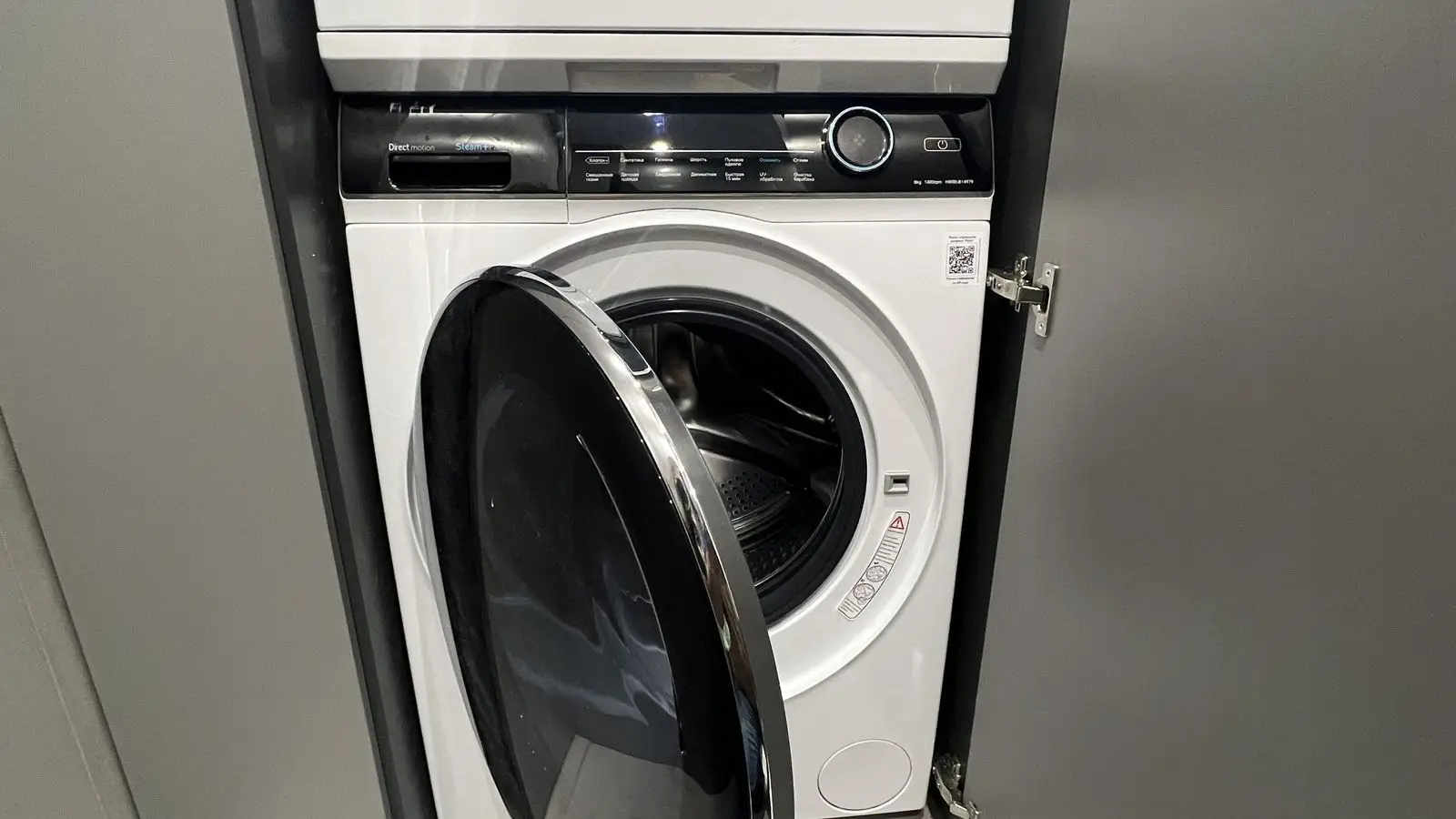https://boda.su/en/posts/id7-fabric-conditioner-vs-rinse-additive-what-to-use-when
Fabric Conditioner vs Rinse Additive: What to Use When
Fabric Conditioner vs Rinse Additive: A Plain-English Guide
Fabric Conditioner vs Rinse Additive: What to Use When
Understand the difference between fabric conditioner and rinse additive: softness, static, scent, absorbency. Learn what to use for towels and synthetics.
2025-08-20T11:11:36+03:00
2025-08-20T11:11:36+03:00
2025-08-20T11:11:36+03:00
Walk down the laundry aisle and you’ll see two near-twins vying for space: fabric conditioners and rinse additives. Some shoppers treat them as the same thing; others swear they’re different. Here’s a clear, fact-only breakdown to help you choose what actually fits your wash.
What a fabric conditioner does
A fabric conditioner is designed first and foremost to soften textiles. After a wash, clothes can feel stiffer thanks to detergent remnants and the water itself. Conditioner helps restore a gentle handfeel, making fabrics more pleasant to the touch—something you’ll notice especially with bedding and children’s clothes.
Many conditioners also carry fragrance, so laundry comes out with a pleasant scent. Another common benefit is reduced static, which matters when you’re washing synthetics that tend to cling. One more plus: ironing usually gets easier because fibers become more flexible and creases release with less effort.
There is a trade-off. Conditioners leave a thin film on the surface of the fibers. That coating can lower absorbency, which is why they aren’t recommended for towels, sports gear, or microfiber items where soak-up performance is the point.
What a rinse additive does
As the name suggests, a rinse additive helps flush out leftover detergent from fabrics. It can also soften laundry, make clothing feel nicer to wear, and cut down on static. Some formulas include light scents and care components, though they tend to act more gently than those in conditioners.
In certain products, you’ll see whitening agents intended to maintain the brightness of white items. Fragrance-free options exist as well, which can suit households with sensitive skin or allergies.
So… are they different?
In terms of purpose and composition, yes—though the line isn’t always strict. Some manufacturers use »rinse additive” and »conditioner” interchangeably. In other cases, the conditioner is the more concentrated, effect-forward product, while the rinse additive stays on the neutral side.
How to choose—and when to use
Everyday cottons and synthetics: A fabric conditioner can boost comfort, tame static, and make ironing less of a chore.
Towels, workout wear, microfiber: Skip conditioner here; pick a rinse additive or use no extras to preserve absorbency.
Sensitive skin or allergies in the family: Check the label. A fragrance-free rinse additive is the gentler bet.
They’re not the same, even if they sometimes share a label. A fabric conditioner focuses on a smoother feel, a noticeable scent, less static, and easier ironing—at the cost of absorbency. A rinse additive focuses on removing detergent residue and delivering softness without overloading the fabric. Knowing that difference helps you match the product to your laundry, not the other way around.
Fabric conditioner, Rinse additive, Fabric softener, Laundry static, Absorbency, Towels, Synthetics, Microfiber, Sensitive skin, Fragrance-free, Ironing, Detergent residue, Whitening agents
2025
articles
Fabric Conditioner vs Rinse Additive: A Plain-English Guide
Understand the difference between fabric conditioner and rinse additive: softness, static, scent, absorbency. Learn what to use for towels and synthetics.
© E. Vartanyan
Walk down the laundry aisle and you’ll see two near-twins vying for space: fabric conditioners and rinse additives. Some shoppers treat them as the same thing; others swear they’re different. Here’s a clear, fact-only breakdown to help you choose what actually fits your wash.
What a fabric conditioner does
A fabric conditioner is designed first and foremost to soften textiles. After a wash, clothes can feel stiffer thanks to detergent remnants and the water itself. Conditioner helps restore a gentle handfeel, making fabrics more pleasant to the touch—something you’ll notice especially with bedding and children’s clothes.
Many conditioners also carry fragrance, so laundry comes out with a pleasant scent. Another common benefit is reduced static, which matters when you’re washing synthetics that tend to cling. One more plus: ironing usually gets easier because fibers become more flexible and creases release with less effort.
There is a trade-off. Conditioners leave a thin film on the surface of the fibers. That coating can lower absorbency, which is why they aren’t recommended for towels, sports gear, or microfiber items where soak-up performance is the point.
What a rinse additive does
As the name suggests, a rinse additive helps flush out leftover detergent from fabrics. It can also soften laundry, make clothing feel nicer to wear, and cut down on static. Some formulas include light scents and care components, though they tend to act more gently than those in conditioners.
In certain products, you’ll see whitening agents intended to maintain the brightness of white items. Fragrance-free options exist as well, which can suit households with sensitive skin or allergies.
So… are they different?
In terms of purpose and composition, yes—though the line isn’t always strict. Some manufacturers use “rinse additive” and “conditioner” interchangeably. In other cases, the conditioner is the more concentrated, effect-forward product, while the rinse additive stays on the neutral side.
How to choose—and when to use
Everyday cottons and synthetics: A fabric conditioner can boost comfort, tame static, and make ironing less of a chore.
Towels, workout wear, microfiber: Skip conditioner here; pick a rinse additive or use no extras to preserve absorbency.
Sensitive skin or allergies in the family: Check the label. A fragrance-free rinse additive is the gentler bet.
They’re not the same, even if they sometimes share a label. A fabric conditioner focuses on a smoother feel, a noticeable scent, less static, and easier ironing—at the cost of absorbency. A rinse additive focuses on removing detergent residue and delivering softness without overloading the fabric. Knowing that difference helps you match the product to your laundry, not the other way around.

